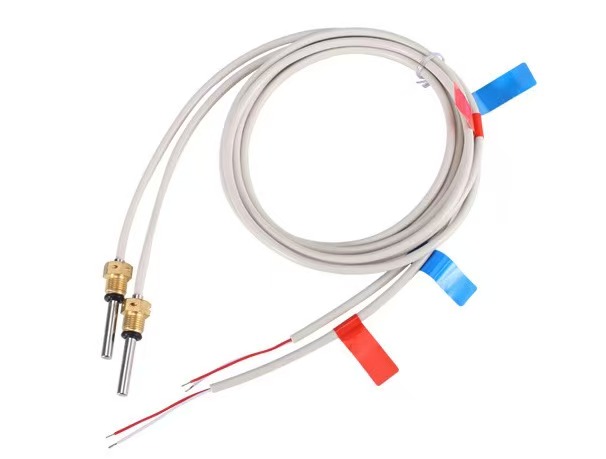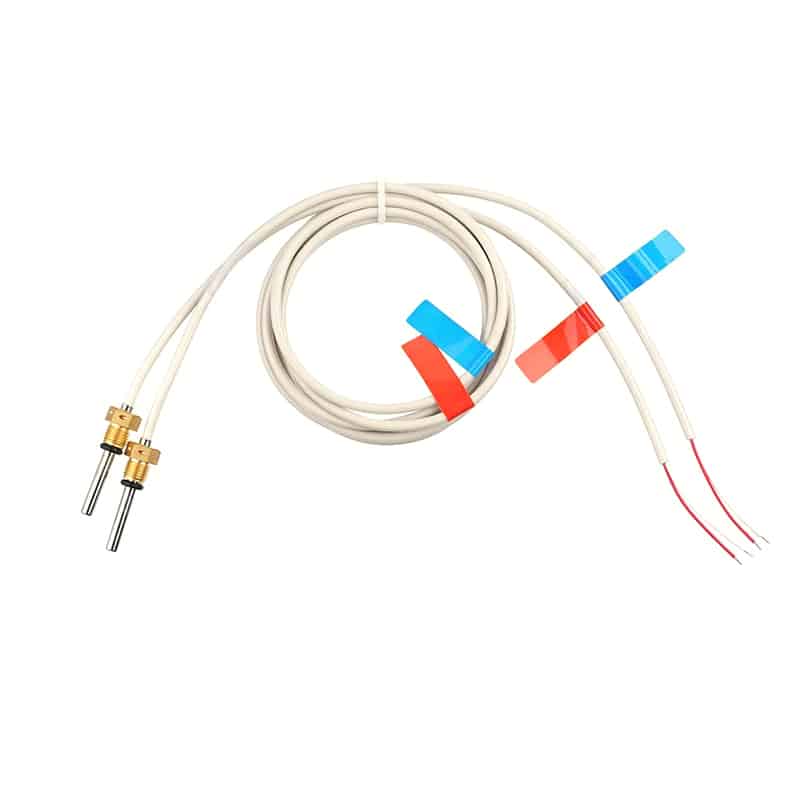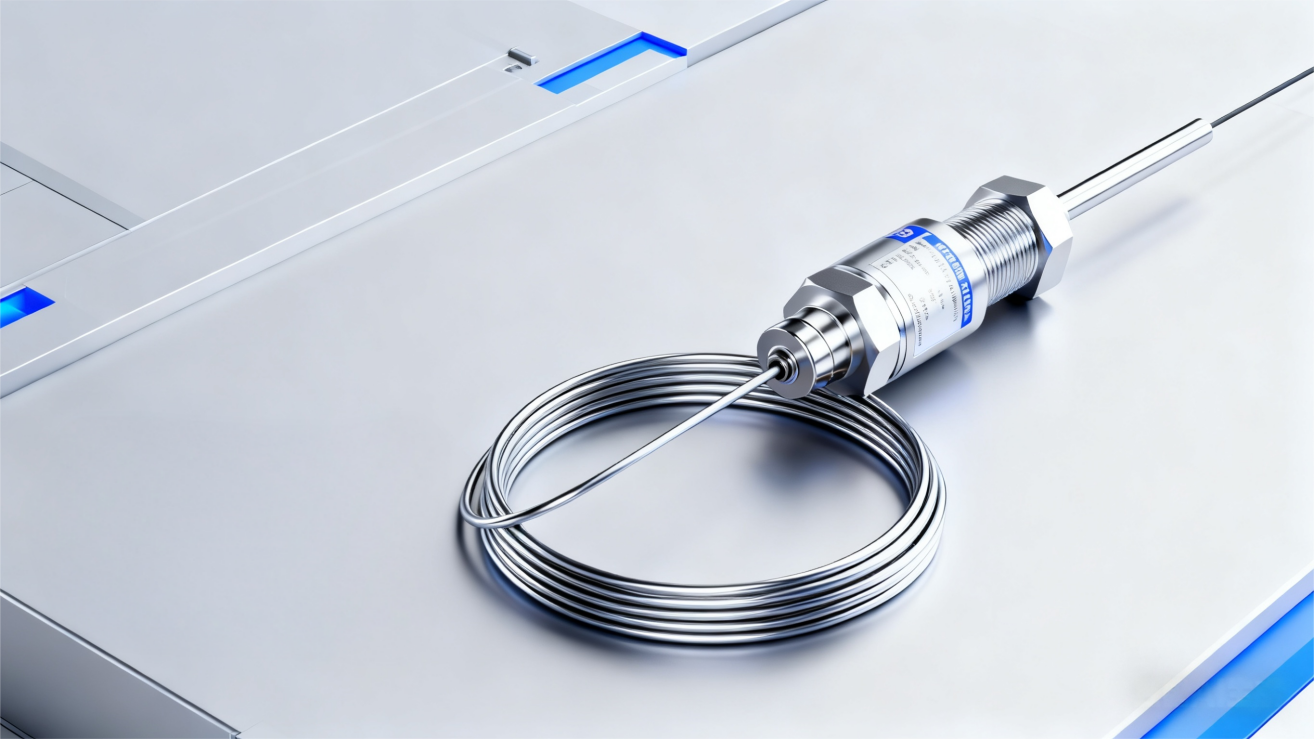Thermocouple Controller: The Ultimate Guide for Optimal Temperature Control
Abstract:
If you are looking for precision temperature control, a thermocouple controller is an essential piece of equipment to have. It is used in various industries that require accurate temperature measurement and regulation. In this article, we will explore everything you need to know about thermocouple controllers, including their functions, types, and benefits. We will also provide tips on how to choose the right thermocouple controller for your application and how to maintain it for optimal performance.
1. Introduction
2. What is a thermocouple controller?
3. How does a thermocouple controller work?
4. Types of Thermocouple Controllers
4.1 Single-Channel Thermocouple Controller
4.2 Multi-Channel Thermocouple Controller
4.3 Programmable and Non-Programmable Thermocouple Controllers
5. Benefits of Using a Thermocouple Controller
6. How to Choose the Right Thermocouple Controller for Your Application
6.1 Accuracy
6.2 Temperature Range
6.3 Number of Channels
6.4 Display/Interface
6.5 Output Options
6.6 Size and Mounting Options
7. Maintaining Your Thermocouple Controller
7.1 Calibration
7.2 Cleaning
7.3 Troubleshooting
8. Conclusion
1. Introduction
A thermocouple controller is an electronic device that measures temperature using a thermocouple sensor and regulates temperature through a heating or cooling system. It is commonly used in industries that require precise temperature control, such as food processing, metallurgy, and pharmaceuticals.
2. What is a thermocouple controller?
A thermocouple controller is a temperature control device that uses a thermocouple sensor to measure temperature. The controller compares the measured temperature to a set point and activates a heating or cooling system to maintain the desired temperature. A thermocouple is made of two dissimilar metals that produce a voltage when exposed to different temperatures. The voltage produced is proportional to the temperature difference, which can be measured by the thermocouple controller.
3. How does a thermocouple controller work?
A thermocouple controller works by measuring the voltage produced by a thermocouple sensor and converting it into a temperature reading. The controller then compares the temperature reading to a set point and activates a heating or cooling system to maintain the desired temperature. The heating or cooling system is typically controlled by a relay or solid-state switch.
4. Types of Thermocouple Controllers
There are several types of thermocouple controllers available, each with its own set of features and capabilities.
4.1 Single-Channel Thermocouple Controller
A single-channel thermocouple controller is designed to control the temperature of a single process or system. It is typically used in applications where only one sensor is required.
4.2 Multi-Channel Thermocouple Controller
A multi-channel thermocouple controller is designed to control the temperature of multiple processes or systems. It is typically used in applications where multiple sensors are required.
4.3 Programmable and Non-Programmable Thermocouple Controllers
Programmable thermocouple controllers allow users to set up temperature profiles for specific processes, which can be stored and recalled as needed. Non-programmable thermocouple controllers require manual adjustments to regulate temperature.
5. Benefits of Using a Thermocouple Controller
Using a thermocouple controller offers several benefits, including:
– Improved temperature accuracy
– Enhanced process control
– Increased efficiency and productivity
– Reduced energy consumption
– Increased product quality and consistency
– Improved safety
6. How to Choose the Right Thermocouple Controller for Your Application
When choosing a thermocouple controller, consider the following factors:
6.1 Accuracy
Choose a controller with the highest accuracy possible to ensure that temperature measurements are reliable.
6.2 Temperature Range
Select a controller that can accommodate the temperature range required by your application.
6.3 Number of Channels
Choose a single-channel or multi-channel controller based on your application’s requirements.
6.4 Display/Interface
Select a controller with a display or interface that is easy to read and use.
6.5 Output Options
Choose a controller with output options that are compatible with your heating or cooling system.
6.6 Size and Mounting Options
Select a controller that is the right size and has the appropriate mounting options for your application.
7. Maintaining Your Thermocouple Controller
Proper maintenance is essential to ensure that your thermocouple controller performs optimally. Here are some tips:
7.1 Calibration
Calibrate your controller regularly to ensure accurate temperature readings.
7.2 Cleaning
Clean your controller regularly to prevent dust and debris from affecting its performance.
7.3 Troubleshooting
Follow the manufacturer’s troubleshooting guide to address any issues with your controller promptly.
8. Conclusion
A thermocouple controller is an essential tool for precise temperature control in various industries. By selecting the right controller and maintaining it properly, you can achieve optimal temperature control and enhance your productivity and product quality.

Discovering the Range of Temperature Sensors from Leading PT Sensors Manufacturer
Platinum resistance temperature sensors from reliable suppliers offer precise measurements with tolerances within tenths of a degree Celsius and withstand pressures up to sixteen bar.




